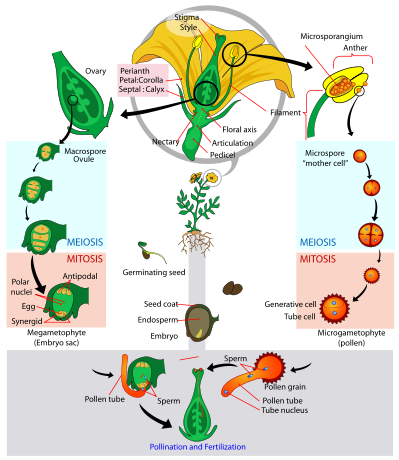
Let's Get It On
Most apples are self-incompatible and must be
cross- pollinated to develop fruit. Many varieties of
apples and crabapples have viable and compatible pollen for
reproduction. This pollen is carried from one flower to
another flower on a different tree by pollinators. The
main pollinators of Malus domestica are bees. This can
include many types of bees like
honey bees,
rusty-patched bumble bees, carpenter bees, and orchard mason
bees. These bees are attracted to nectar produced in the
flower.
pollinated to develop fruit. Many varieties of
apples and crabapples have viable and compatible pollen for
reproduction. This pollen is carried from one flower to
another flower on a different tree by pollinators. The
main pollinators of Malus domestica are bees. This can
include many types of bees like
honey bees,
rusty-patched bumble bees, carpenter bees, and orchard mason
bees. These bees are attracted to nectar produced in the
flower.

Like all plants, Malus domestica has a life cycle with an
alternation of generations. This means that the organism
grows and alternates between a haploid stage (n) and a diploid
state (2n). The image shows a general sexual life cycle of
all angiosperms. The left side of the image shows a female
gametophyte developing an embryo sac. The right side of
the image shows a male gametophyte developing a pollen grain.
At the bottom of the image the pollen fertilizes the embryo sac
to form a zygote, which is the seed.

